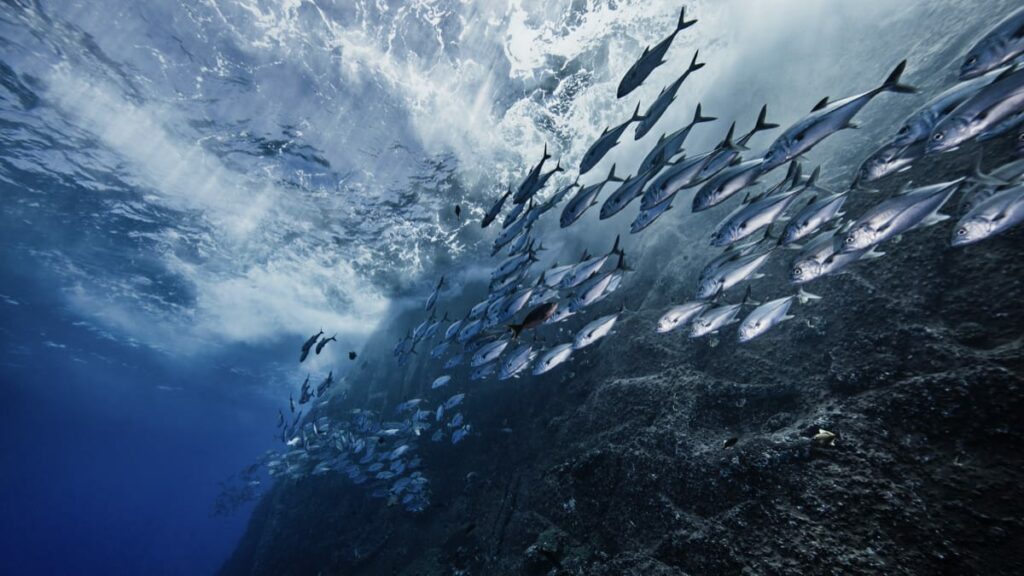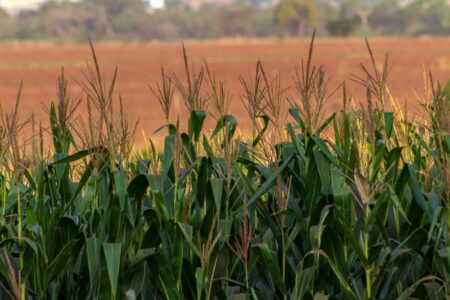How do we assess the impact of climate change on species distributions? Species distributions are fundamentally complex systems, and climate change could alter their diversity and distribution patterns.
Species are already facing multiple human impacts on their natural world. While some species can respond to climate change by moving towards warmer poles or lower elevations, others cannot. As a result, a number of species are at high risk of extinction.
Climate change is already having a significant impact on flora and fauna worldwide. The projected distribution shifts of many species are hundreds of kilometers, and these changes are already causing range shifts and local extinctions. The migration of many species is not keeping pace with the rapid rate of climate change, and these differences may result in a progressive decline in biodiversity.
The effects of climate change on species distributions are both direct and indirect. For example, climate change has already been shown to impact the distribution of species by influencing the rate of wildfires, the abundance of insects, and the occurrence of disease outbreaks. And a global impact may be far more damaging than one species at a time. This means we must plan for both direct and indirect effects of climate change on species distributions.
Adaptation to climate change and mitigation efforts can benefit biodiversity and ecosystem services. Species can adapt to changing climate conditions differently. Moreover, their geographical distributions can be an indication of their ecological resilience. The Meconopsis species, for instance, has a narrow distribution within its study area, and its distribution is predicted to decrease even more under climate change.
These changes in species distributions can have positive or adverse effects. For example, changes in the distribution of oil sardine in the Pacific Ocean could benefit coastal fishing communities in northern India. A reduction in skipjack tuna in western areas of the Pacific Ocean, on the other hand, could affect the food security of many countries.

One of the most critical steps in detecting species range shifts due to climate changes is examining the elevational distribution patterns. High-elevation species are often likely to move upwards, and the results of this study suggest that these species may have a shift to higher elevations. However, this study did not consider species’ dietary and body mass or foraging strata as determinants.
Current mean temperatures are likely to be a dominant driver of mountaintop extinction in temperate zones, but recent temperature increases have resulted in higher temperatures in the tropics. Climate change is already causing species extirpations in high-elevation tropical populations, even though many of these species already face a range of threats, including introduced diseases and habitat destruction.














